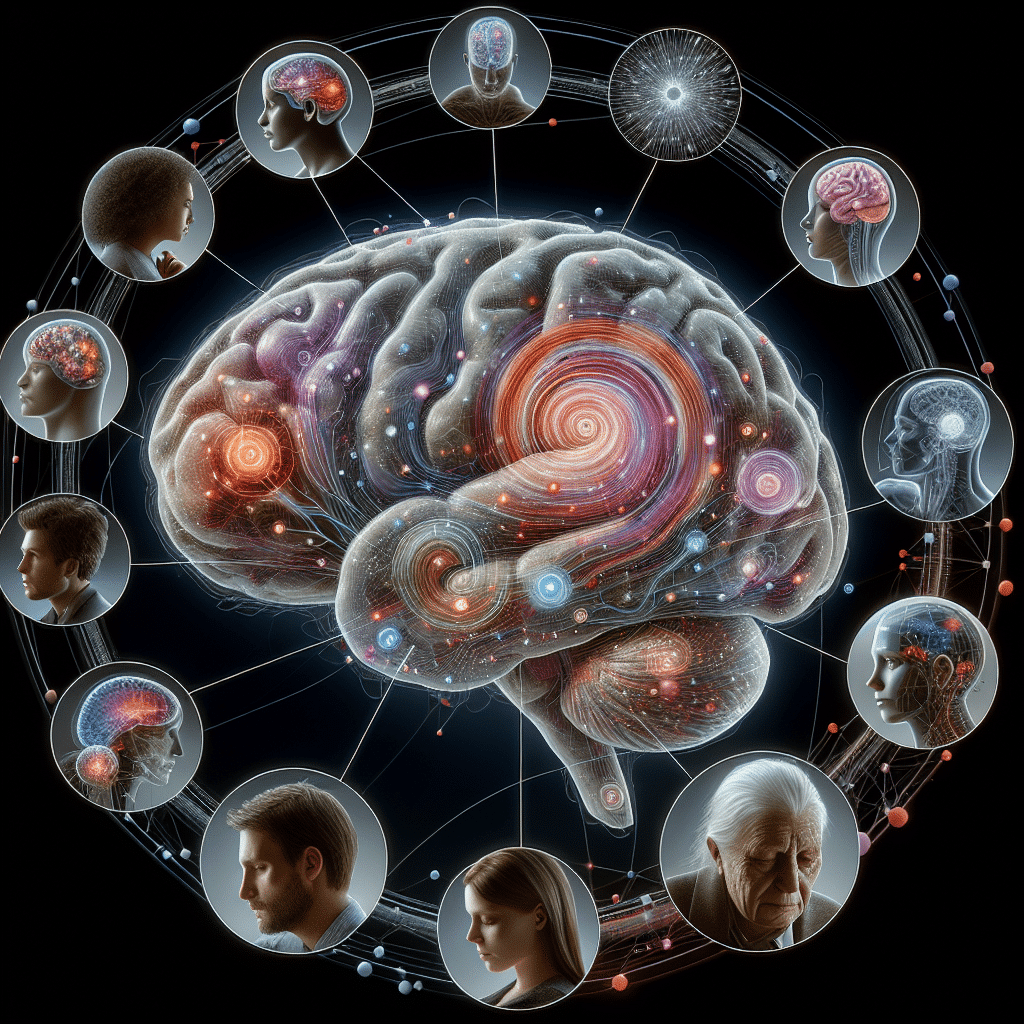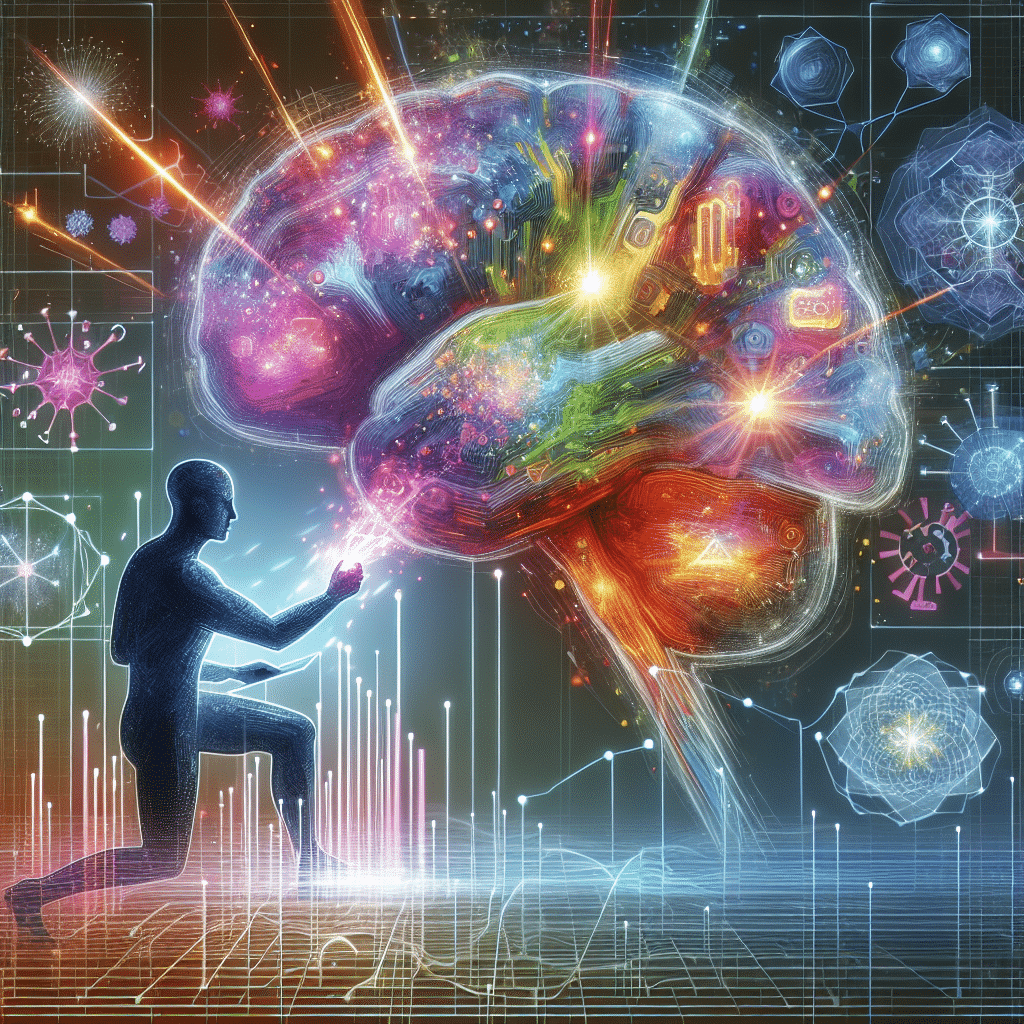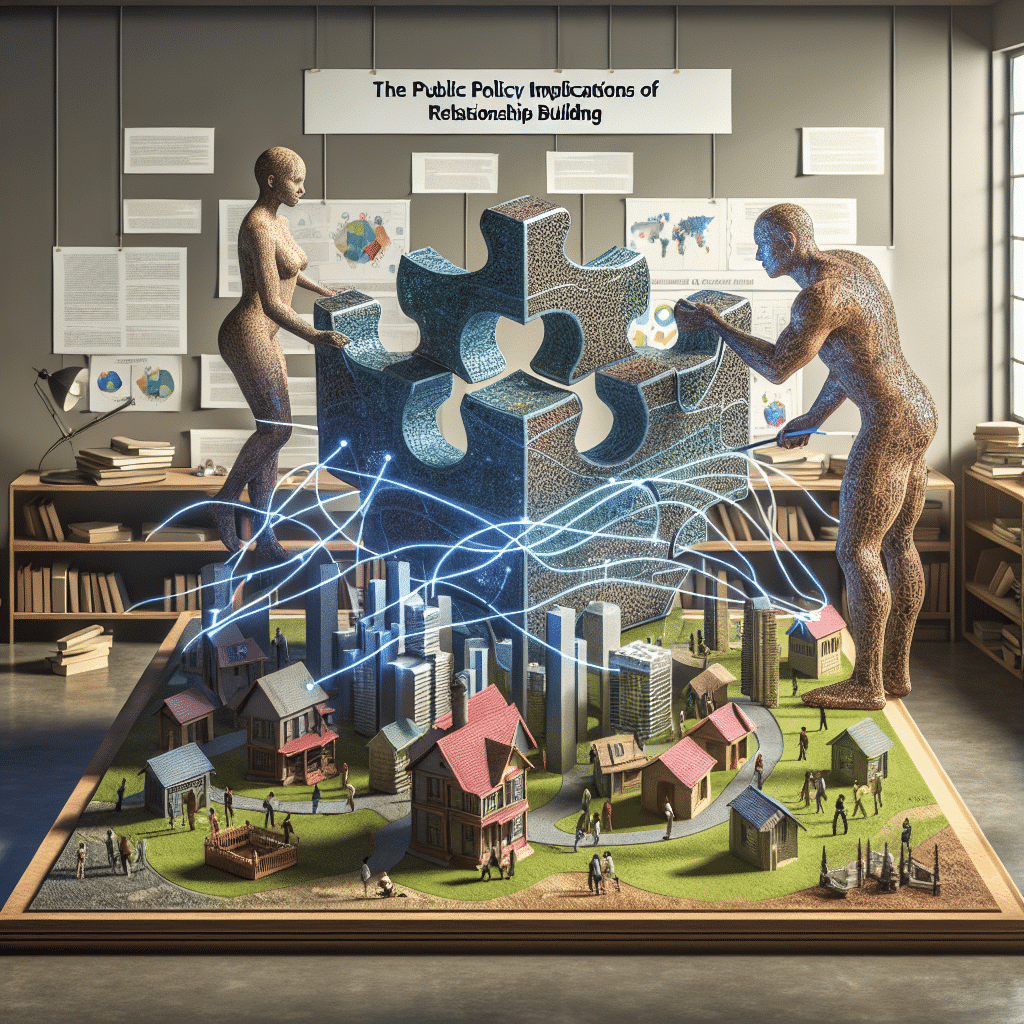
Understanding the neuroscience of problem-solving provides insights into how our brains function when faced with challenges and obstacles. By delving into the neurological processes involved in problem-solving, we can uncover strategies to enhance our cognitive abilities and improve overall problem-solving skills.
Brain Functions Involved in Problem-Solving
Problem-solving is a complex cognitive process that involves several key brain functions working together harmoniously. The prefrontal cortex, located in the frontal lobes of the brain, plays a crucial role in problem-solving. This region of the brain is responsible for decision-making, planning, reasoning, and impulse control.
Another essential brain structure involved in problem-solving is the hippocampus, which is associated with memory and learning. The hippocampus helps retrieve relevant information from past experiences that can be applied to solve current problems effectively.
The parietal lobes are also implicated in problem-solving as they are involved in spatial reasoning and mathematical calculations. This region of the brain helps individuals visualize different solutions and outcomes to a problem.
Moreover, the basal ganglia, located deep within the brain, are crucial for coordinating movement and facilitating goal-directed behavior. These structures help individuals execute their plans and strategies to solve problems effectively.
The brain’s executive functions, such as attention, working memory, and cognitive flexibility, are essential for problem-solving. These functions help individuals focus on relevant information, retain important details, and adapt their strategies when faced with new challenges.
Additionally, the integration of information across various brain regions, known as functional connectivity, is vital for problem-solving. Effective communication between different regions of the brain allows for the assimilation of diverse perspectives and the generation of creative solutions.
Overall, problem-solving involves a network of brain functions working in synergy to analyze the situation, formulate a plan, implement strategies, and evaluate outcomes. Understanding the roles of different brain regions in problem-solving can help individuals optimize their cognitive processes and enhance their problem-solving skills.
Impact of Neurotransmitters on Problem-Solving
Neurotransmitters play a crucial role in the process of problem-solving by influencing various brain functions. These chemical messengers facilitate communication between neurons, allowing for the transmission of signals within the brain. Certain neurotransmitters have been found to have a direct impact on problem-solving abilities.
Dopamine
Dopamine is a neurotransmitter associated with pleasure, motivation, and reward. Studies have shown that dopamine levels can affect cognitive functions, including problem-solving. An optimal level of dopamine in the brain has been linked to improved cognitive flexibility, creativity, and the ability to think outside the box when solving problems.
Serotonin
Serotonin is another neurotransmitter that plays a role in problem-solving. It is known for its influence on mood, emotions, and cognitive functions. Research has suggested that serotonin levels can impact decision-making processes and cognitive flexibility, both of which are essential for effective problem-solving.
Acetylcholine
Acetylcholine is a neurotransmitter involved in attention, learning, and memory. Studies have shown that acetylcholine levels can affect problem-solving abilities by enhancing memory formation and retrieval. The activation of acetylcholine receptors has been linked to improved learning, cognitive flexibility, and problem-solving skills.
GABA
Gamma-aminobutyric acid (GABA) is an inhibitory neurotransmitter that helps regulate neuronal excitability in the brain. GABA has been found to play a role in controlling anxiety, stress, and cognitive functions. Research has suggested that GABA levels can impact problem-solving abilities by influencing the brain’s ability to focus, maintain attention, and inhibit irrelevant information during the problem-solving process.
Overall, the intricate interplay of neurotransmitters in the brain has a significant impact on problem-solving abilities. By understanding how these chemical messengers influence cognitive functions, researchers can develop new strategies to enhance problem-solving skills and improve overall brain performance.

Neuroplasticity and Problem-Solving
Neuroplasticity, the brain’s ability to reorganize itself by forming new neural connections, plays a crucial role in problem-solving. This process allows the brain to adapt and change in response to experiences, learning, and development.
When it comes to problem-solving, neuroplasticity enables individuals to enhance their cognitive functions, such as memory, attention, and reasoning. By engaging in activities that challenge the brain, such as puzzle-solving or learning new skills, individuals can stimulate neuroplasticity and improve their problem-solving abilities.
Importance of Neuroplasticity in Problem-Solving
Research has shown that neuroplasticity is essential for developing effective problem-solving skills. When individuals are faced with new or complex problems, the brain must reorganize its neural networks to find solutions. This process involves creating new synaptic connections and strengthening existing ones, allowing for more efficient information processing and problem-solving.
Moreover, neuroplasticity plays a role in enhancing cognitive flexibility, which is the ability to adjust one’s thinking in response to new information or changing circumstances. This flexibility is crucial for problem-solving, as it enables individuals to approach problems from different perspectives and consider alternative solutions.
Ways to Stimulate Neuroplasticity for Improved Problem-Solving
There are several strategies that individuals can use to stimulate neuroplasticity and enhance their problem-solving skills:
- Engage in mental exercises and activities that challenge the brain, such as puzzles, crosswords, or strategy games.
- Learn new skills or take up a new hobby to expose the brain to novel experiences and stimuli.
- Practice mindfulness and meditation to improve attention and focus, which are essential for effective problem-solving.
- Stay physically active, as exercise has been shown to promote neuroplasticity and cognitive function.
By incorporating these strategies into their daily routines, individuals can harness the power of neuroplasticity to improve their problem-solving abilities and enhance their overall cognitive function.
Strategies to Improve Problem-Solving Skills through Neuroscience
Enhancing problem-solving skills can be achieved through various strategies backed by neuroscience. By understanding how the brain functions and responds during problem-solving tasks, individuals can optimize their cognitive abilities. Here are some effective strategies to improve problem-solving skills:
1. Practice Mindfulness:
Mindfulness techniques, such as meditation and deep breathing, can help calm the mind and improve focus. This can enhance problem-solving abilities by reducing stress and anxiety, allowing for clearer thinking and decision-making.
2. Engage in Regular Exercise:
Physical exercise has been shown to stimulate the release of neurotransmitters like dopamine and serotonin, which are essential for cognitive function. Regular exercise can improve memory, attention, and problem-solving skills.
3. Get Adequate Sleep:
Quality sleep plays a crucial role in cognitive function and problem-solving. During sleep, the brain consolidates information and forms new connections, essential for optimal problem-solving abilities. Lack of sleep can impair decision-making and problem-solving skills.
4. Challenge Your Brain:
Engaging in activities that require critical thinking and problem-solving, such as puzzles, brain games, or learning a new skill, can stimulate neuroplasticity. This promotes the growth of new neural connections and enhances problem-solving abilities.
5. Collaborate and Seek Feedback:
Collaborating with others and seeking feedback on your problem-solving approaches can provide valuable insights and different perspectives. This can help challenge your assumptions and lead to more innovative solutions.
By incorporating these strategies into your daily routine, you can harness the power of neuroscience to improve your problem-solving skills. Remember that consistency and persistence are key to strengthening neural pathways and optimizing cognitive function. Start implementing these strategies today and witness the positive impact on your problem-solving abilities.

Summary
Understanding the neuroscience of problem-solving sheds light on the brain functions, neurotransmitters, and neuroplasticity involved in this cognitive process. The brain regions responsible for problem-solving include the prefrontal cortex, hippocampus, and basal ganglia. Neurotransmitters like dopamine and serotonin play crucial roles in modulating cognitive flexibility, motivation, and reward processing during problem-solving tasks.
Neuroplasticity allows the brain to reorganize and adapt in response to new challenges, helping individuals enhance their problem-solving skills through practice and learning. By incorporating strategies like mindfulness, cognitive-behavioral therapy, and exercise, individuals can optimize their cognitive functions and improve problem-solving abilities through harnessing the principles of neuroscience.






